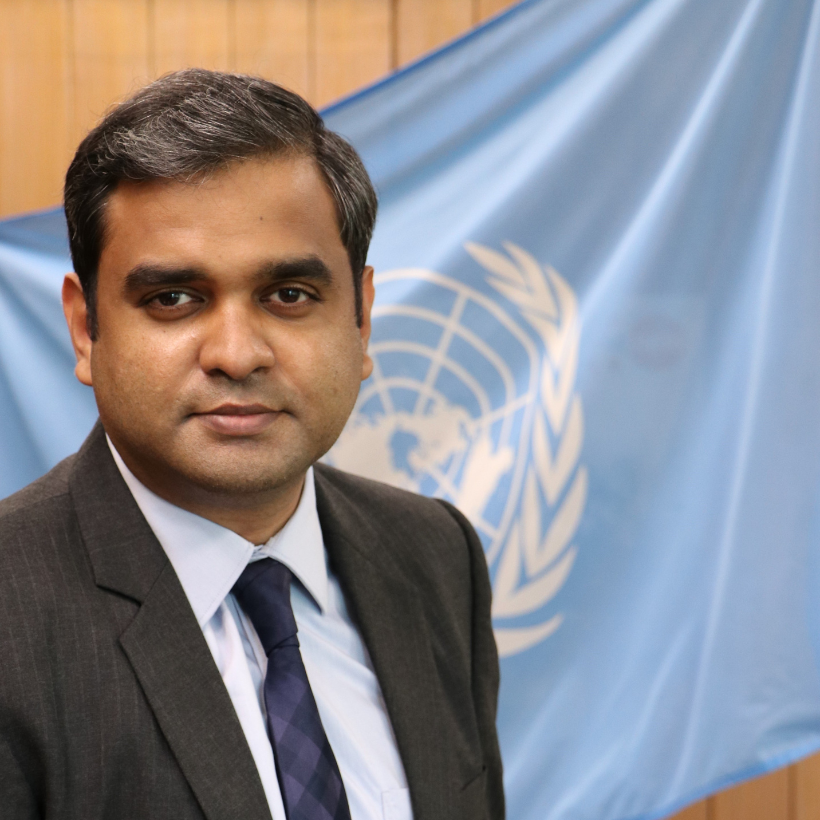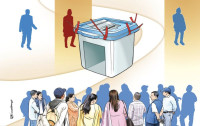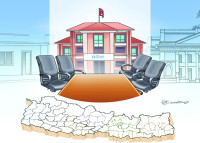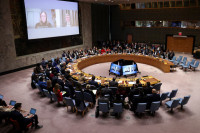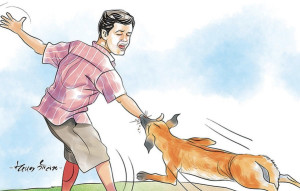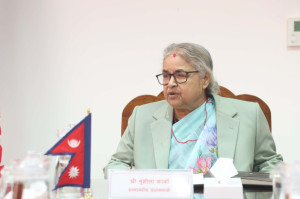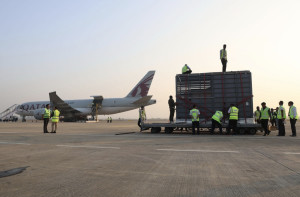Columns
Prioritising reproductive agency
We must build a future where Nepalis can make informed choices about their reproductive lives.
Sriram Haridass
Each year, World Population Day prompts headlines about population growth, fertility decline and demographic ‘crises.’ But these narratives often miss a deeper truth: The real population challenge is not about how many people are born or how fast populations age. It is about whether individuals—especially women and young people—have the freedom, power and support to decide if, when, and how many children to have. This is what we mean by reproductive agency. However, it is now under threat.
UNFPA’s State of World Population 2025 report highlights that across countries and cultures, the number of children people say they want has remained remarkably stable—around two. In Nepal, this ideal holds true. Yet the Nepal Demographic and Health Survey (2022) tells a different story: Nearly 43 percent of people over age 50 did not achieve their desired family size. This isn’t about shifting preferences, it is about unmet needs.
What stops people from building the families they hope for? The answers are familiar: economic insecurity, precarious employment, unaffordable housing and childcare, labour migration that separates couples for years and uneven access to reproductive healthcare. These barriers are especially stark for young people, rural families and women from marginalised communities.
Today, Nepal’s fertility rate is 1.9, below the replacement level of 2.1 in most provinces. But this figure should not spark alarm or applause. Fertility decline is not inherently good or bad. It is the result of complex social and economic forces. Rather than urging people to “have more children,” we must ask: Are we creating a society where people feel secure enough to build the families they want? Unfortunately, the answer is still a no for many.
Nepal is undergoing a profound demographic transformation marked by both progress and pressing challenges. Nearly two-thirds of the population now lives in urban or peri-urban areas. Youth migration, both internal and international, is reshaping families and communities. Meanwhile, 24.6 percent of young people in Nepal are not in education, employment, or training, exposing systemic gaps in opportunity, mobility and support.
Behind these statistics lie countless lived experiences: Adolescent girls marrying too early and leaving school; couples separated for years due to labour migration; older persons ageing without strong support systems; and young men expected to provide, yet excluded from reproductive health conversations. These are not isolated incidents. They are strongly connected to how opportunity, care and choice are distributed across Nepal.
Young people in Nepal tell us they want choices, not pressure. They want access to contraception and respectful health services. They want to complete their education, find decent work and raise children in environments that value care as much as productivity.
These realities point to a simple but powerful truth: When individuals, especially young people have the information, services and freedom to make reproductive decisions, they shape their, their communities’ and country’s future. Reproductive choices are not separate from development, they are the foundation of it.
Reproductive agency does not happen by chance. It requires policies that expand opportunity and reduce inequality. It demands investments in education, healthcare, housing and childcare. It calls for support systems where both women and men can thrive as caregivers, partners and individuals.
This includes transforming gender norms. In Nepal, rising expectations on young men to be providers have contributed to stress, isolation and emotional burnout, yet they are often excluded from reproductive health conversations. We must bring them in, through comprehensive sexuality education, mental health support and a shift in how we understand masculinity.
Nepal has made impressive progress in recent years: increase in female literacy, reduction in maternal mortality and improvement in access to contraceptives. These gains are significant. But we must go further. Too many young people still lack accurate reproductive health information. Too many families live too far from quality care. And too many women, particularly from marginalised groups face silence, stigma and systemic barriers when they seek support.
This World Population Day, let us move away from narratives of panic and towards a vision of possibility.
Let us recommit to a Nepal where every adolescent has access to accurate and comprehensive sexuality education; every woman can access the contraceptive method of her choice, regardless of where she lives; and every couple can make decisions about their family free from pressure, discrimination, or fear and empowered by the full exercise of their reproductive rights.That is the essence of reproductive justice and the only population policy that truly matters.




 5.46°C Kathmandu
5.46°C Kathmandu